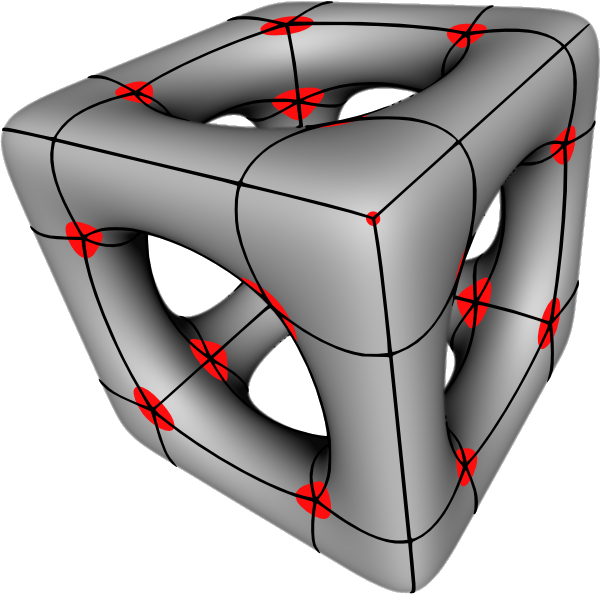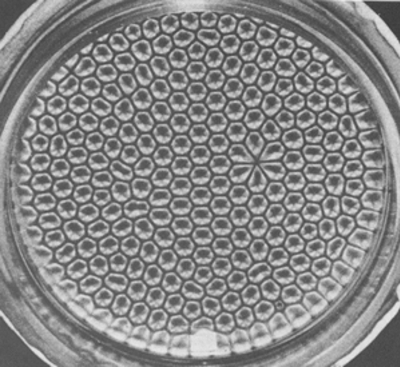|
|
|
|
|
|

|
 |
We propose some methods for the correction of Catmull-Clark subdivision surfaces, in order to achieve second-order smoothness also at extraordinary
vertices and good shape quality. This research is motivated by the interest in integrating subdivision surfaces into a geometric modeling system to be used in the context of CAD/CAGD applications, where strict requirements on surface quality and regularity need to be met.
We illustrate two different approaches for the local correction of the limit surface. The former, originally proposed by Levin (2006), consists in blending the original surface with an approximating polynomial, so that the blended surface has the desired regularity. In this thesis, we have extended and improved several aspects of the original idea. The latter approach is based on the idea of locally replacing the Catmull-Clark limit surface by a collection of suitably joined bicubic Gregory patches, defined by a proper modification of the construction proposed by Loop, Schaefer, Ni, and Castaño (2009). Along with the analysis, reformulation and extension of the considered methods, we have implemented test code in C/C++ and OpenGL (with additional programs in MATLAB and Mathematica), that has been exploited for the assessment of the obtained surfaces. |
 |
In questa tesi sono trattati alcuni aspetti fisici e matematici del problema di convezione termica di Bénard-Rayleigh in uno strato orizzontale di fluido viscoso o mezzo poroso saturato, riscaldato dal basso.
Accanto alla formulazione del problema classico, sono presentate anche sue interessanti generalizzazioni, importanti per le applicazioni in ambito fisico e astrofisico. Infatti, si considera anche la presenza di una sorgente di calore (costante) interna allo strato e di un campo gravitazionale variabile con la quota. Inoltre sono elencati i diversi modelli matematici che descrivono il comportamento dei mezzi porosi ed è affrontato il problema della convezione termica in un mezzo poroso saturato da un fluido, considerando anche la situazione in cui lo strato orizzontale ruota intorno ad un asse verticale. Gli strumenti matematici utilizzati sono quelli usualmente adottati nello studio della stabilità lineare e nonlineare dei moti fluidi: rispettivamente, il metodo dei modi normali o di Fourier, e il metodo dell’energia o di Lyapunov. La discussione è mirata a determinare le condizioni (sufficienti) per l’insorgenza di moti convettivi instabili. |